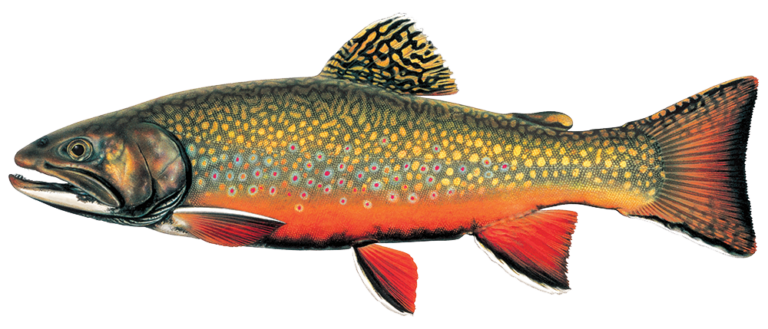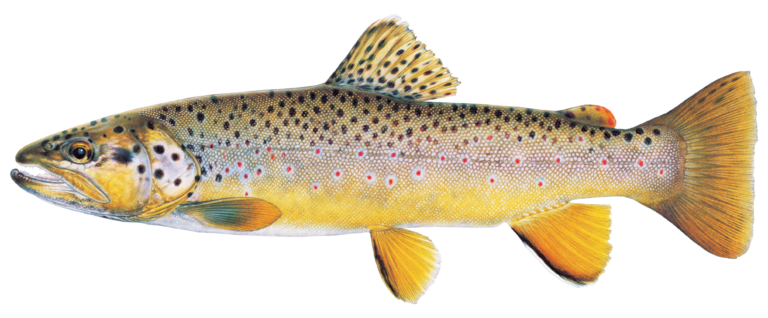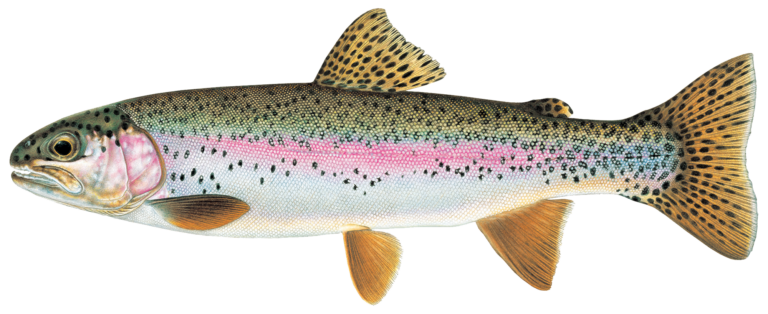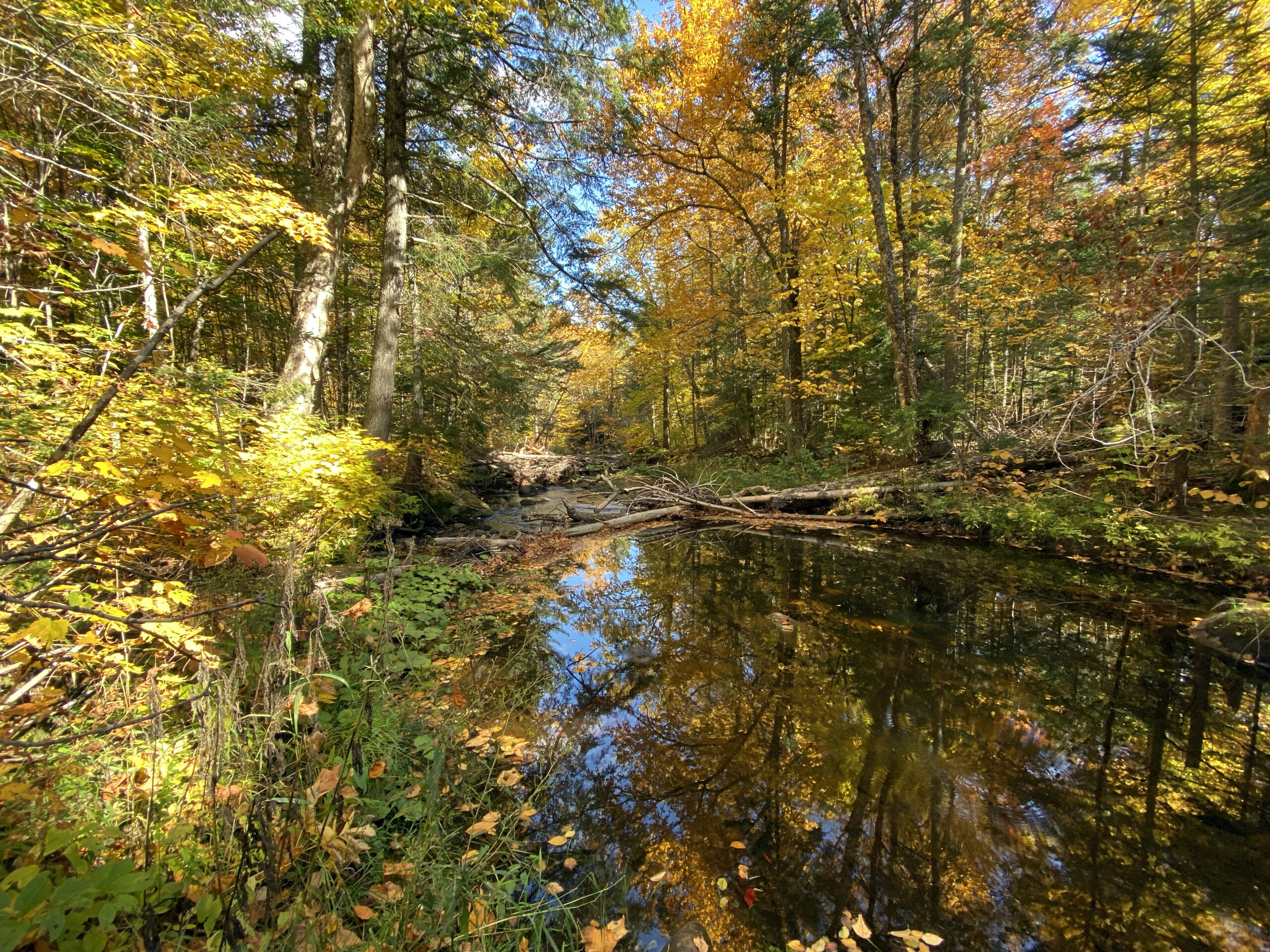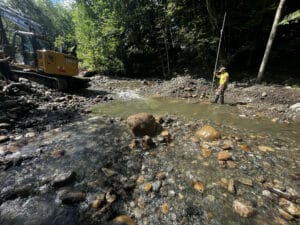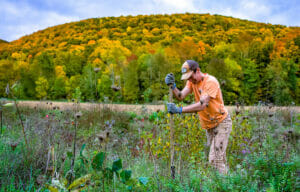Vermont

Overview
North to south, east to west, Vermont is among the rare states that have wild trout resources across its entire landscape. In the so-called Northeast Kingdom, brook trout-filled tannic streams in the headwaters of the upper Connecticut River Basin, Nulhegan River, and other systems meander through forestlands. Wild brook trout can be found in abundance, holding in deep pockets and around woody cover that TU and partners such as Vermont Fish and Wildlife are adding to improve habitat. To the south, the Green Mountain National Forest features more large, intact wild brook trout patches where systems like the Deerfield, West, Otter, White, and Battenkill originate.
Threats & Opportunities
Climate change is leading to water temperature increases in streams, particularly those with no or limited groundwater input, which describes many in Vermont. As weather systems become more extreme and frequent, flooding and drought risks are also rising. TU is working in Vermont to increase the climate resilience of priority streams and will continue to do this by improving habitat and system connectivity.
How We Work
Reconnection
Trout Unlimited is conducting in-depth analyses and surveys of the region’s rivers and streams to determine barriers to aquatic organism passage, including dams and perched culverts. Removing or repairing those barriers will allow trout within the system to access important habitat, including thermal refugia.
Restoration
We are using a variety of tools, including the Eastern Brook Trout Conservation Portfolio, to prioritize streams where habitat restoration is most needed and where it will have the most impact and best chance for long-term success. Restoration efforts include stabilizing stream banks and improving riparian health by planting native trees.
Protection
We are engaging landowners to protect Vermont’s coldwater trout streams by advocating for commonsense development, working with land trusts to protect key places, and setting up conservation easements. By working with state freshwater fisheries officials, we are in a better position to advocate for needed regulatory protections.
How You Can Help
Learn what you can do to help us recover Vermont’s rivers and fisheries.
TAKE ACTIONStay informed about how we are protecting and restoring Priority Waters in the Northeast.
Vermont Conservation Team

Erin Rodgers
Western New England Project Manager
erin.rodgers@tu.org
Western New England Project Manager
erin.rodgers@tu.org
Priority Waters
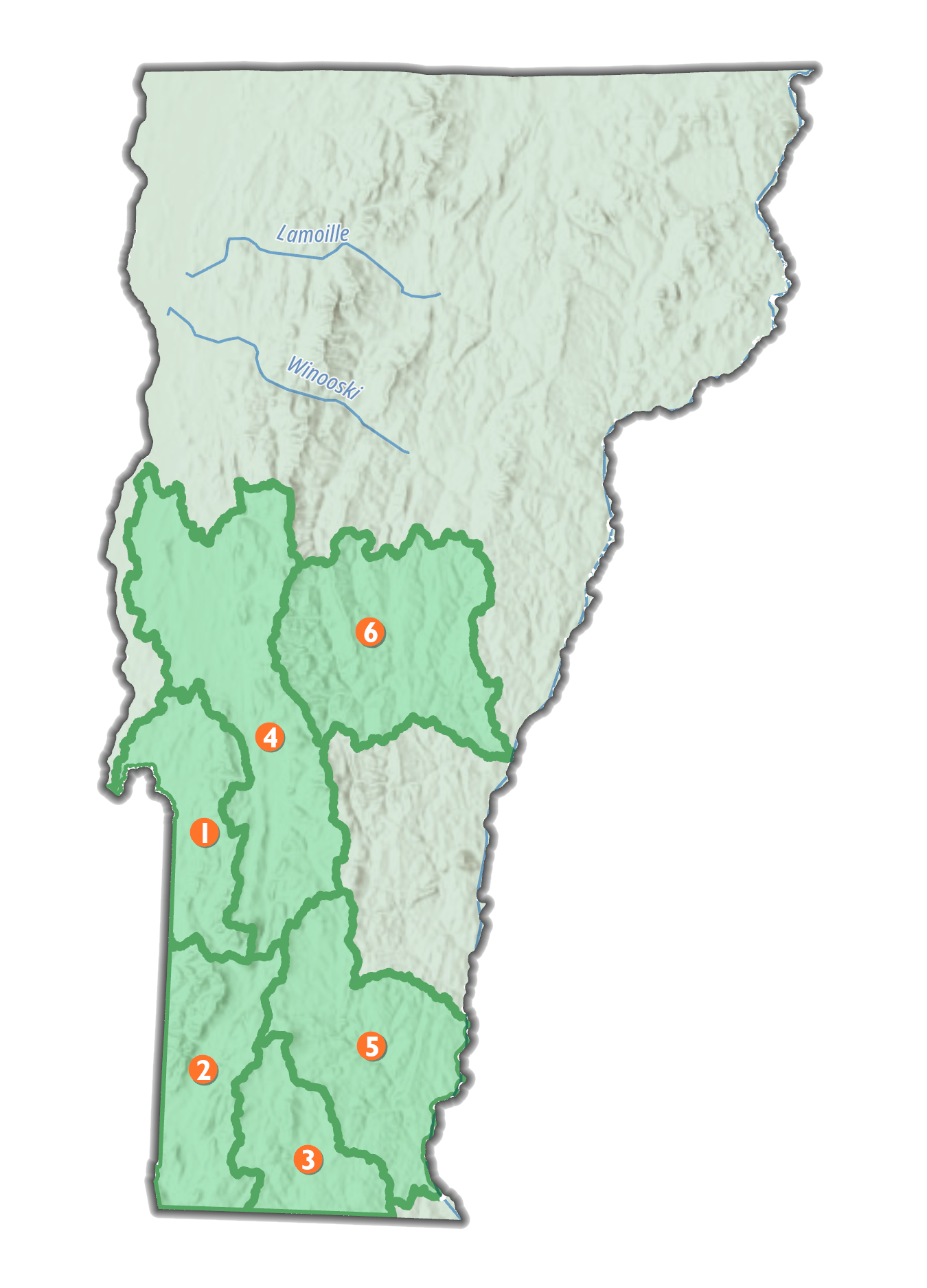
-
Mettawee River
Originating in Vermont’s Green Mountains, the Mettawee River is a freestone creek that holds native brook trout, brown trout, and a few wild rainbow trout. Limited riparian tree cover contributes to the mainstem reaching marginal trout-supporting temperatures, so we are reconnecting the system’s headwaters, addressing barriers so trout can access thermal refugia in smaller tributaries.
-
Battenkill
The headwaters of this famous trout stream hold native brook trout and a few wild brown trout. In-stream habitat is lacking in the system, so we are installing in-stream rock and wood structures. We are also addressing poor habitat and erosion in priority tributaries.
-
Deerfield River
The headwaters of the Deerfield are largely contained within the Green Mountain National Forest, but the quality of these waters can become compromised soon after flowing out of the forest. TU will be working with the USFS to continue to improve habitat in streams within the forest and with private landowners to improve connectivity so wild trout can access these coldwater refugia.
-
Otter Creek
Otter Creek flows from the Green Mountain National Forest to Lake Champlain, winding through steep, forested headwaters before meandering across farmlands. We work with towns, regional planning commissions, and landowners to improve habitat and water quality.
-
West River
Although modified by dams on the lower mainstem, the tributaries and headwaters of the West River have some of the most resilient cold waters and robust trout populations in the state. The West also holds the distinction of being the upstream-most spawning area for several anadromous species. We are improving habitat along these steep and rocky headwater streams while working towards better connectivity to the mainstem.
-
White River
Flowing east from the Green Mountains, the White River drains an area of more than 700 square miles, making it the fourth largest watershed in Vermont. This is wild trout water, the system’s freestone pools, riffles and runs bursting with brook, brown and rainbow trout. Public access to the White and its headwaters tributaries is excellent. The only major river in Vermont that is free of dams, this Connecticut River tributary will provide critical thermal resilience in a warming climate so warrants careful protection.

